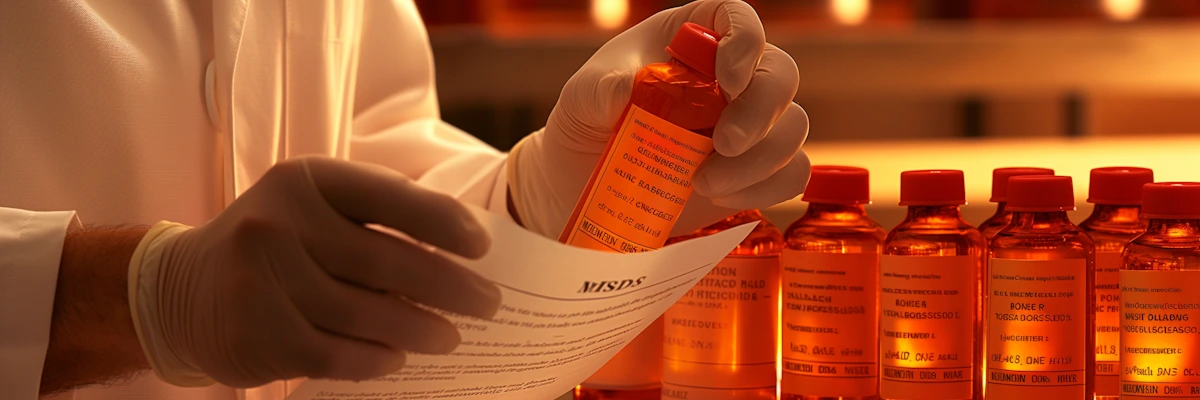Patients, families, employers, insurance companies, the federal government, state governments, and every American taxpayer all pay the price.
Big Pharma plays, everyone pays. Congress needs to act.
Join UsThese medicines are therapeutically equivalent to their brand-name counterparts, meaning they provide the same clinical benefits at a much lower cost. In 2024 alone, generics saved the U.S. healthcare system $447 billion in prescription drug costs; between 2009 and 2019, generic drugs saved the U.S. healthcare system nearly $2.2 trillion. These savings result from generics costing 80 to 85 percent less than their branded counterparts.
For patients, that results in an average co-pay for a generic drug of $6.16, while the average co-pay for a branded drug is $56.12. Although 90% of prescriptions are filled with generic drugs, generic drugs account for only 12% of all prescription drug expenditures.
In America, the Hatch-Waxman Act, passed by Congress in 1984, helped enable the widespread availability of generic medicines and has saved Americans trillions of dollars. The law created a streamlined FDA-approval process for generics and set clear rules for efficiently resolving patent disputes, which at the time were the main barrier keeping generics off the market.
Brands must publicly list all core patents associated with their drugs.
Generics firms must inform brands of their new competitive generic product, and provide official notice that the generic product does not infringe any of the brand's publicly listed core patents.
Brands that disagree can choose to sue for patent infringement and delay FDA approval of the competing generic for 30 months.

This patent dispute resolution system worked as Congress intended for decades, but recently it has broken down due to a new Big Pharma strategy to delay generics from entering the market even after brands lose initial litigation.
The new Big Pharma strategy is simple: sue again and again — often three, four, or more times — until the brand finally wins a lawsuit or the generics company cannot afford to keep fighting and is forced to settle and delay the affordable product’s market entry. These repeat lawsuits are a powerful intimidation tactic to delay patient access to lower-cost generics and extend the period of market exclusivity.
This abusive cycle of serial patent litigation has broken the process established by Congress, which was intended to provide patent clarity and stability. As a result, the generic drug industry that is thriving globally has seen its success limited in the US, where it could be saving patients and taxpayers even more.
Over the last two decades, the number of patents on the average new medicine has tripled. This has created “patent thickets” that generics struggle to navigate when developing an affordable, competitive product.
Once all these patents are in place, the brand engages in two deliberately abusive strategies.
Perpetual Patenting: Brands continue patenting, even after the generics firm has filed its Abbreviated New Drug Application, the first brand vs generic litigation is underway, and even after the brand loses the first litigation. These new patents are then weaponized in future serial lawsuits.
Strategic Patent Withholding: Brands deliberately withhold patents from the initial infringement litigation, saving them for later use in future serial lawsuits.

Congress intended patent conflicts to be resolved within 30 months. But serial patent litigation can drag on for years or even decades. The costs and legal risks force generics companies to delay or give up on launching affordable products — extending Big Pharma’s monopoly pricing years longer than Congress intended. Big Pharma pockets the profits. The rest of us pay the price.
To stop Big Pharma from abusively weaponizing patents through serial patent litigation, we’re asking Congress to rebalance the rules so they work for people instead of Big Pharma.

So brands can no longer strategically withhold patents from the first infringement litigation, only to assert them later to bully generic manufacturers in multiple additional lawsuits.
Brand drugs’ core patents are issued before the drugs come to market. If a generics manufacturer wins the right to market an affordable product by winning the first infringement lawsuit relating to these core patents, then future lawsuits about less innovative later-issued patents should not present threats of catastrophic “lost profits” damages or market-clearing injunctions.
These modest changes will provide the stability and balance that Congress intended when it enacted Hatch-Waxman in 1984 — fostering competition and creating a strong foundation to provide affordable generic drugs and save patients, employers, and all taxpayers more money.
Patients, families, employers, insurance companies, the federal government, state governments, and every American taxpayer all pay the price.
Big Pharma plays, everyone pays. Congress needs to act.
Join Us